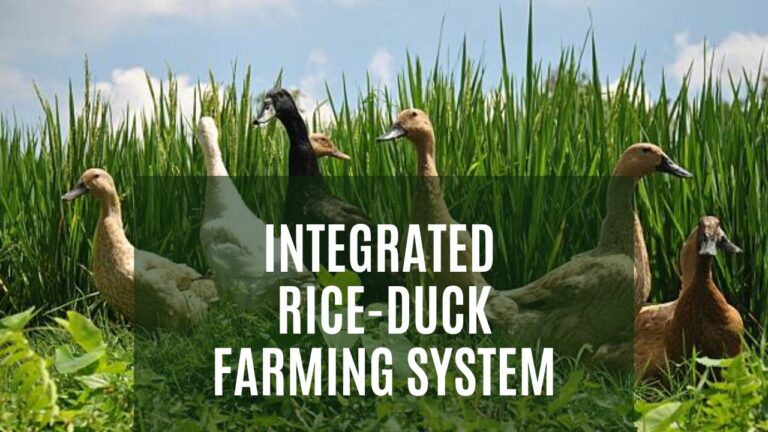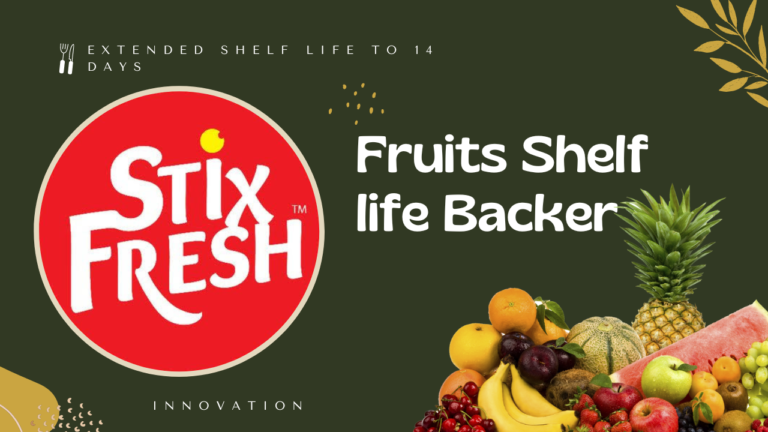Food & Beverages
.jpg)
Introduction
The prehistoric culture of Entomophagy – the practice of eating insects, is witnessing a revolution across the world. Food scarcity can be the biggest threat to humans in the near future. To prevent this rising threat, novel food technologies are making their way to sustain the earth. Entomophagy has the ability to contribute to food security efficiently. On this date, 2 billion population in the world are consumers of insects regularly. 2100 species of insects are consumed in 110 countries, of which Africa makes up to top consumers (500) species, China (324 species) and India (255 species) in the second and third place. Insects are nutritionally rich. They are much easier to harvest than cattle. In India, edible insects are consumed in 10 states including, Nagaland, Odisha, Karnataka, Kerala, Tamilnadu, Meghalaya, Arunachal Pradesh, Madhya Pradesh, Manipur and Assam. Insect farming is large in India and edible insect adaptation can increase in the future. However, eating insects is still taboo in many countries, including most regions of India, concerning safety and can disgust some people. But scientists suggest that we should come out of this loop and be, more accepting of including edible insects in our diets. They have more to offer in promoting our health better than meat, fruits and vegetables. On experimenting most insects have shown high feed conversion efficiency compared to mammalian livestock. Crickets, beetles, Mealworms, grasshoppers, termites, evening cicadas, black ants, bees, caterpillars, ants, silkworms, and centipedes are some commonly eaten edible insects. Crickets have increasing popularity as human foods, they are probably our next superfood because of their sustainable nutrient supply and antioxidant properties. They’re consumed in processed form, supplements, powders, cricket flour and as well used in making sweets.[1][2][5]
What are crickets? How are they harvested for human consumption?
Crickets are omnivore species belonging to the same family as grasshoppers. Acheta domesticus Linnaeus is a widely consumed species of crickets. Naturally, they consume a variety of plants, meat, grains and protein. The wild species of crickets have a broad range diet that includes flowers, fruits, seeds, insect larvae, and leaves. A healthy cricket can serve you the best share of nutrients. Crickets are high in protein and low in fat. The life cycle of crickets is 45 – 65 days.
Crickets are harvested in breeding containers that are made from concrete or plywood containers or cardboard egg cartons. Mosquito nets are used to keep them in and this way the predators are avoidable. Animal feed that is rich in protein like chicken feed, is commercially used to harvest crickets. They’re fed with 21% protein after They’re 20 days old. Time before harvesting crickets, when they’re close to 45 days old the high–protein animal feed diet is replaced with a vegetable diet that includes pumpkins, morning glory leaves, cassava seeds, flowers and watermelon. The water is supplied to the crickets in small bowls that must be often replaced and always ensure that the water is not dirty. The source of water should always be filled and accessible to insects. The female crickets are placed in separate breeding containers that are layered with sand and husk, in which they can lay eggs. They lay eggs within 24 hrs. Each generation can breed up to 3 times. The optimum temperature maintained throughout the production is 28-30° C. The containers of eggs are moved for incubation facilitating the hatching of eggs and the new colony of insects is established for harvesting. The egg cartons are lifted and the crickets are taken out but shaking the cartons. The insects are washed in clean water, boiled in clean hot water, and washed for the second time in cold water. Plastic bags are used to pack these insects and are kept under cold storage. They’re transported in cooling units which last for 2-3 days. If the storage temperature is maintained between -18°C to-28°C they can last for about a year.[2][4]
Nutritional composition of crickets
The nutritional composition of crickets varies in different species. It also depends on their habitat, climate, diet, sex and the methods in which they’re processed (cooking, frying, roasting, boiling, deep-frying etc.). The researchers claimed that the protein content in crickets is higher than some of the animal protein sources (chicken, goat, pork). They can serve up to 71% protein per 100 g of serving. The cricket protein digestibility value (or bio-availability) is estimated to be between 50%-83% depending on different species. Although the digestibility value is slightly lower than beef, egg and cow milk (98%,95% and 95%), it is higher than that of most plant proteins such as sorghum, rice, and wheat (46%-73%).
The average lipid composition in edible crickets is 4.30%-33.44%. The fat is produced in the form of unsaturated fatty acids. Carbohydrate content is between 4.50 and 46.20 g per 100 g. Most of the carbohydrates in crickets are stored in the form of glycogen. Chitin is the primary source of fiber in crickets, the quantity of fiber ranges between 0.5 and 13.4 % /100g.
They are a rich source of biotin, pantothenic acid, folic acid, and B vitamins like vitamin B12 and riboflavin. Crickets are rich in minerals such as zinc, magnesium, iron (180% higher than beef) phosphorus, calcium, sodium, copper and manganese. The overall energy offered by crickets ranges from 18 – 536 kcal per 100 g. [2][3]
Benefits of including crickets in your diet
- The source of medicine- The powdered form of cricket legs are consumed to treat high fever and high blood pressure since ancient times. They can support treating neurological disorders. It can also treat deficiency diseases like osteoporosis, kwashiorkor and marasmus in children. They can also promote intellectual abilities.
- Food Preservative- The exoskeleton of crickets that contains the fiber chitin, is noted to be one of the best packaging materials (biodegradable polymeric material). The Cricket exoskeleton has antioxidant and antimicrobial properties that can protect various foods from microbes.
- May promote gut health- A study showed that the Bifidobacterium growth increased by 5.7 times in 25 healthy individuals, who consumed cricket power for 2 weeks. This may be due to the presence of insoluble fiber(chitin) in crickets that can act as a prebiotic.
- Environmentally friendly- Crickets are easier to harvest and take less space compared to animals. According to FAO (Food and Agricultural Organization), livestock produces 14.5% of total greenhouse gases around the globe. This issue can be reduced by adapting insects as an alternative to animal meat.[2][3][6]
Are crickets safe to be consumed as food?
Crickets have various health benefits, but limited research has shown that insect farms can carry pathogens and parasites that can cause diseases in humans. This doesn’t mean that they’re unsafe, the same risk can arise in livestock farming. If the farming practices are carried out safely, there is no other threat to human health according to the available limited data. Scientists across the globe have been experimenting and conducting studies on various aspects of consuming insects as food, the risks, methods to prevent risks and far more applications of insects as food. Further research and development will possibly make crickets and other insects our next superfood.[2][3]
References:
- Maria Cohut, Ph.D., 2022. Are crickets and other creepy crawlies the new superfood?. [online] Medicalnewstoday.com. Available at: <https://www.medicalnewstoday.com/articles/325752#Superfoods-orlost-in-digestion?> [Accessed 21 August 2022].
- Magara, H., Niassy, S., Ayieko, M., Mukundamago, M., Egonyu, J., Tanga, C., Kimathi, E., Ongere, J., Fiaboe, K., Hugel, S., Orinda, M., Roos, N. and Ekesi, S., 2022. Edible Crickets (Orthoptera) Around the World: Distribution, Nutritional Value, and Other Benefits—A Review. [online] Available at: <https://www.frontiersin.org/articles/10.3389/fnut.2020.537915/full> [Accessed 21 August 2022].
- Jillian Kubala, MS, RD, 2022. Eating Crickets: Benefits and Downsides. [online] Healthline. Available at: <https://www.healthline.com/nutrition/eating-crickets#benefits> [Accessed 21 August 2022].
- Mrs Yupa Hanbonsoong., Mrs Tasanee Jamjanya and Mr Patrick Durst, 2020. Title: Cricket farming for human consumption. [online] Fao.org. Available at: <https://www.fao.org/teca/en/technologies/> [Accessed 21 August 2022].
- Google.com. 2022. Will insects become an integral part of our diet again?. [online] Available at: <https://www.google.com/amp/s/www.downtoearth.org.in/news/food/amp/will-insects-become-an-integral-part-of-our-diet-again–67167> [Accessed 21 August 2022].
- Exoprotein.com. 2022. Cricket Eating | How to Eat Crickets & Reasons Why You Should | Exo | EXO Protein. [online] Available at: <https://exoprotein.com/blogs/nutrition/eating-crickets> [Accessed 21 August 2022].



Crickets as our next superfood!